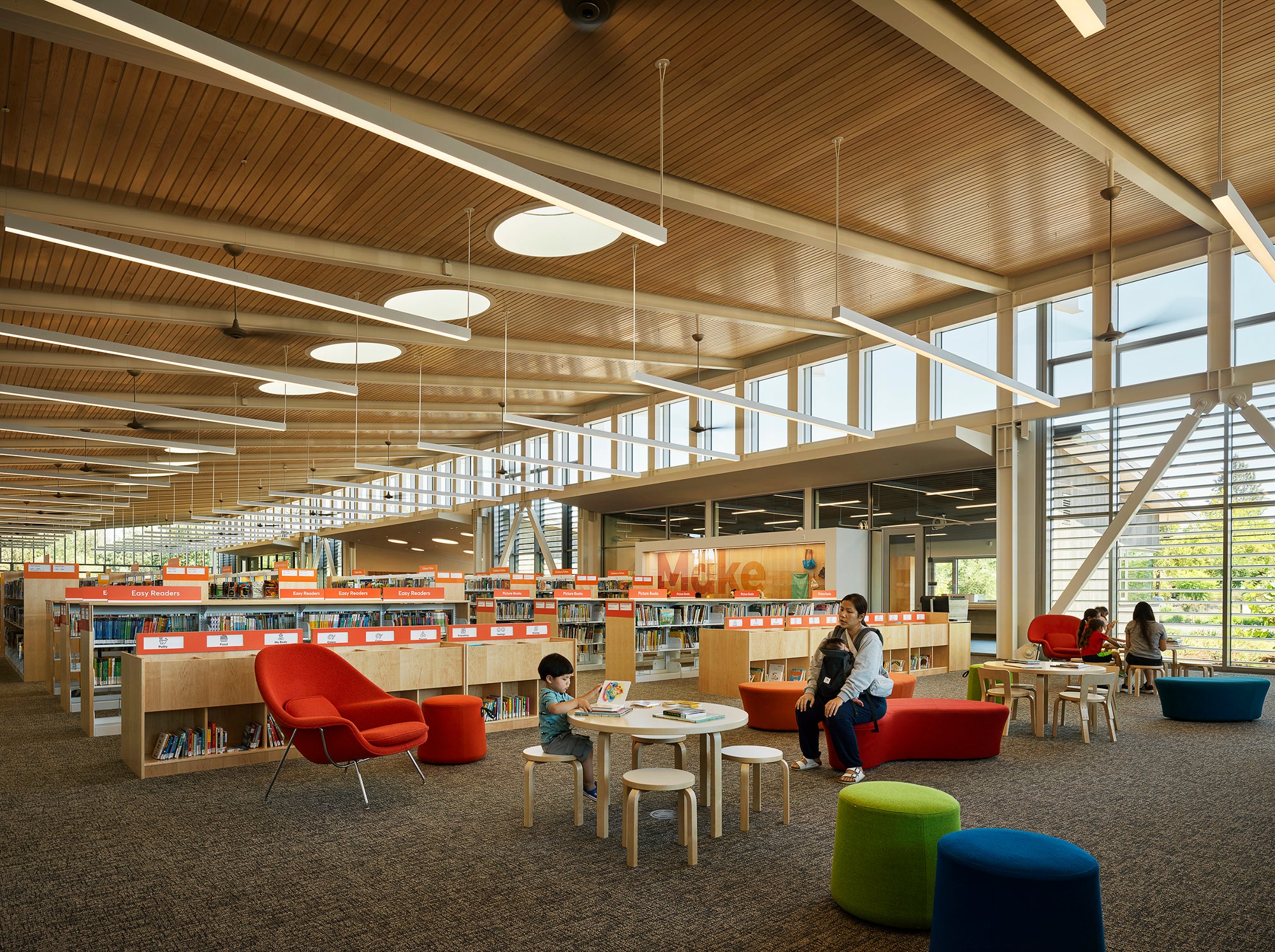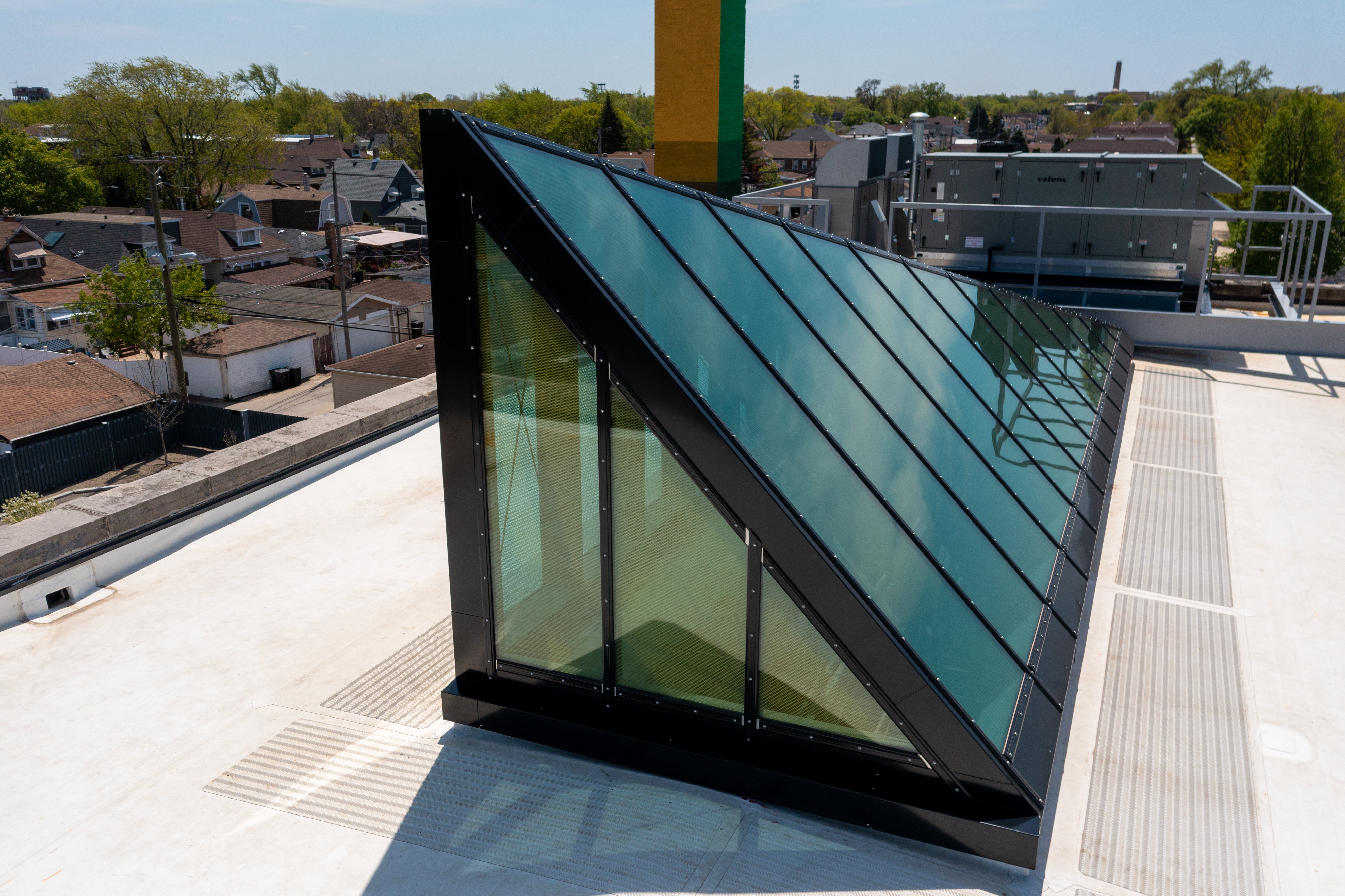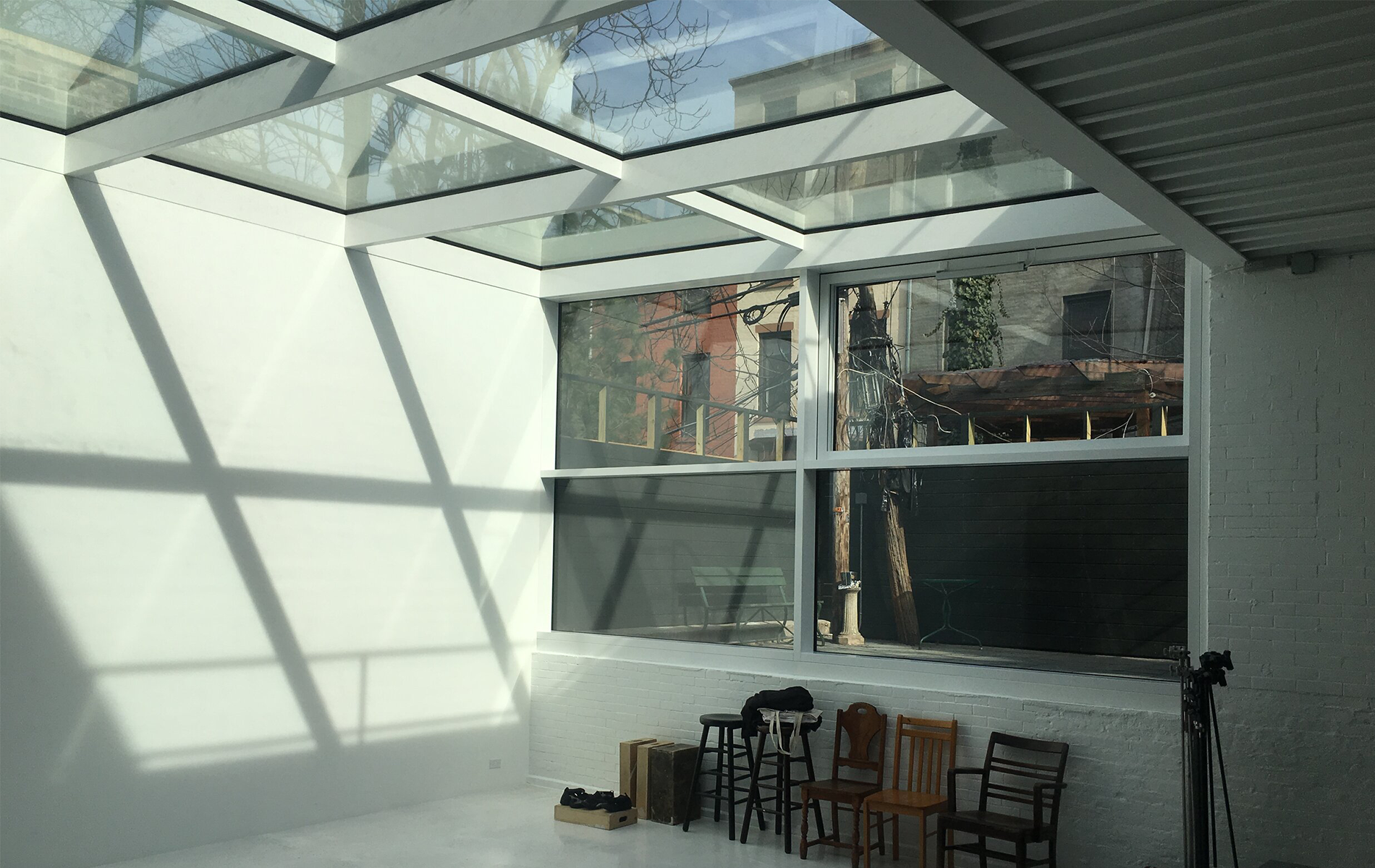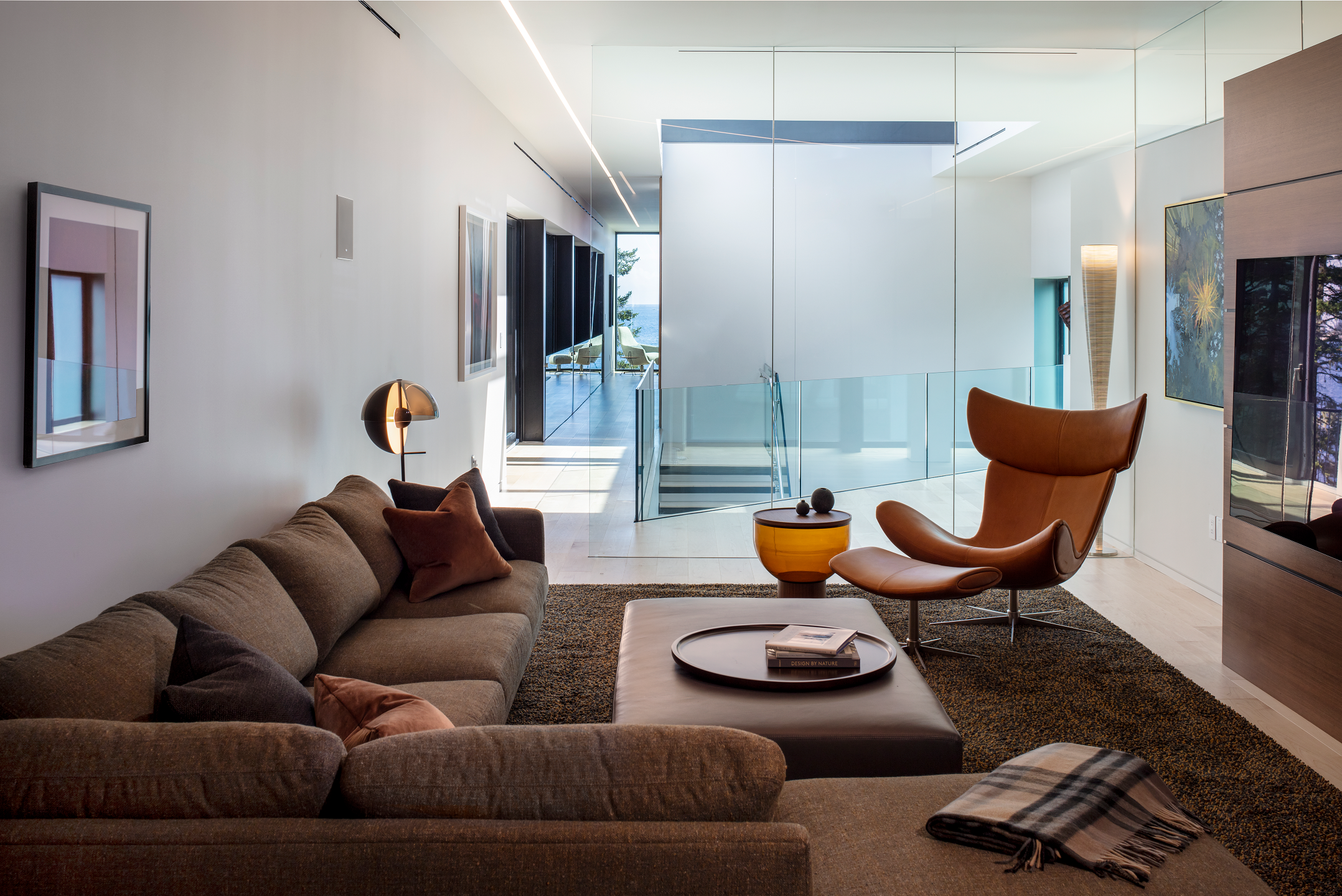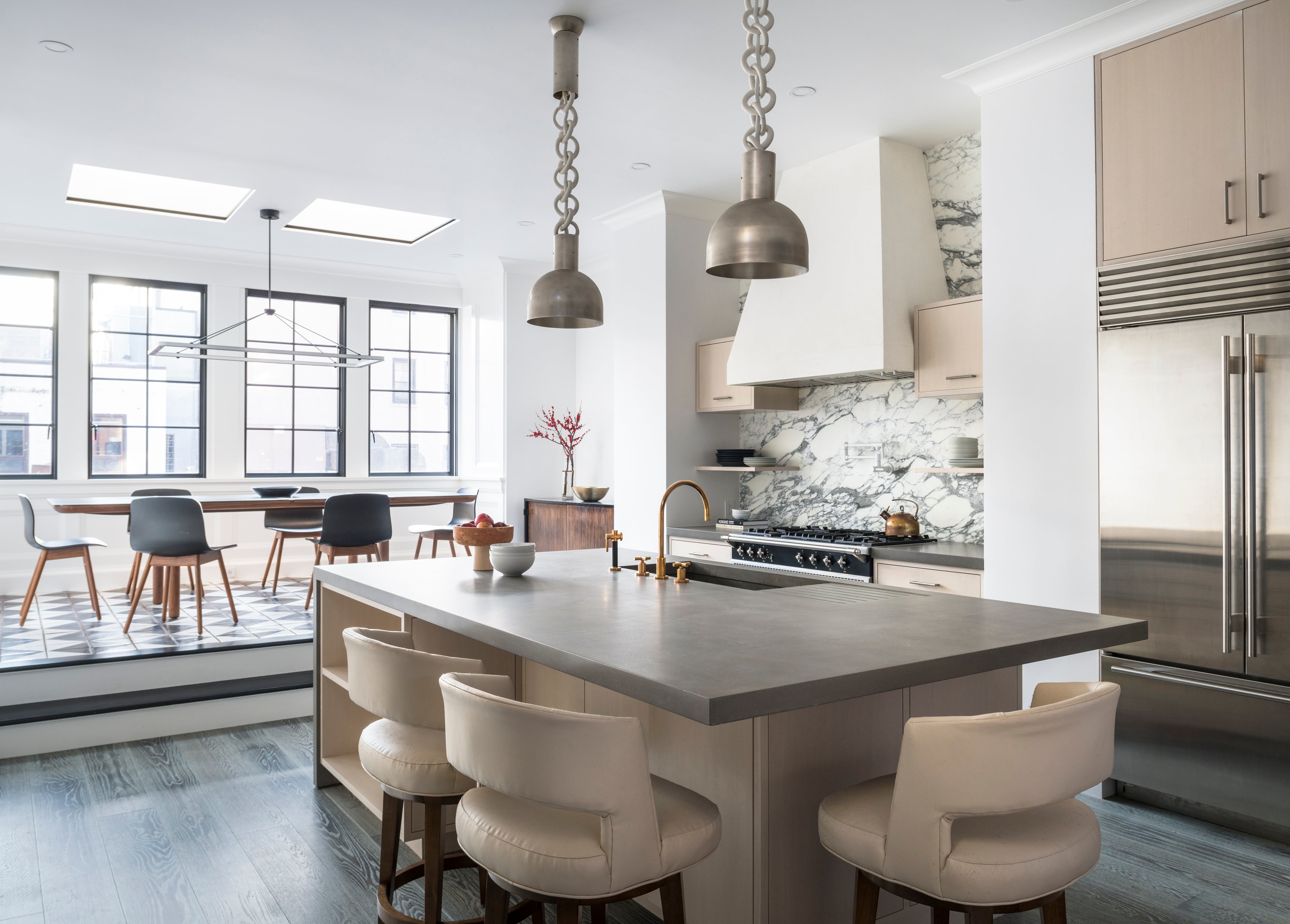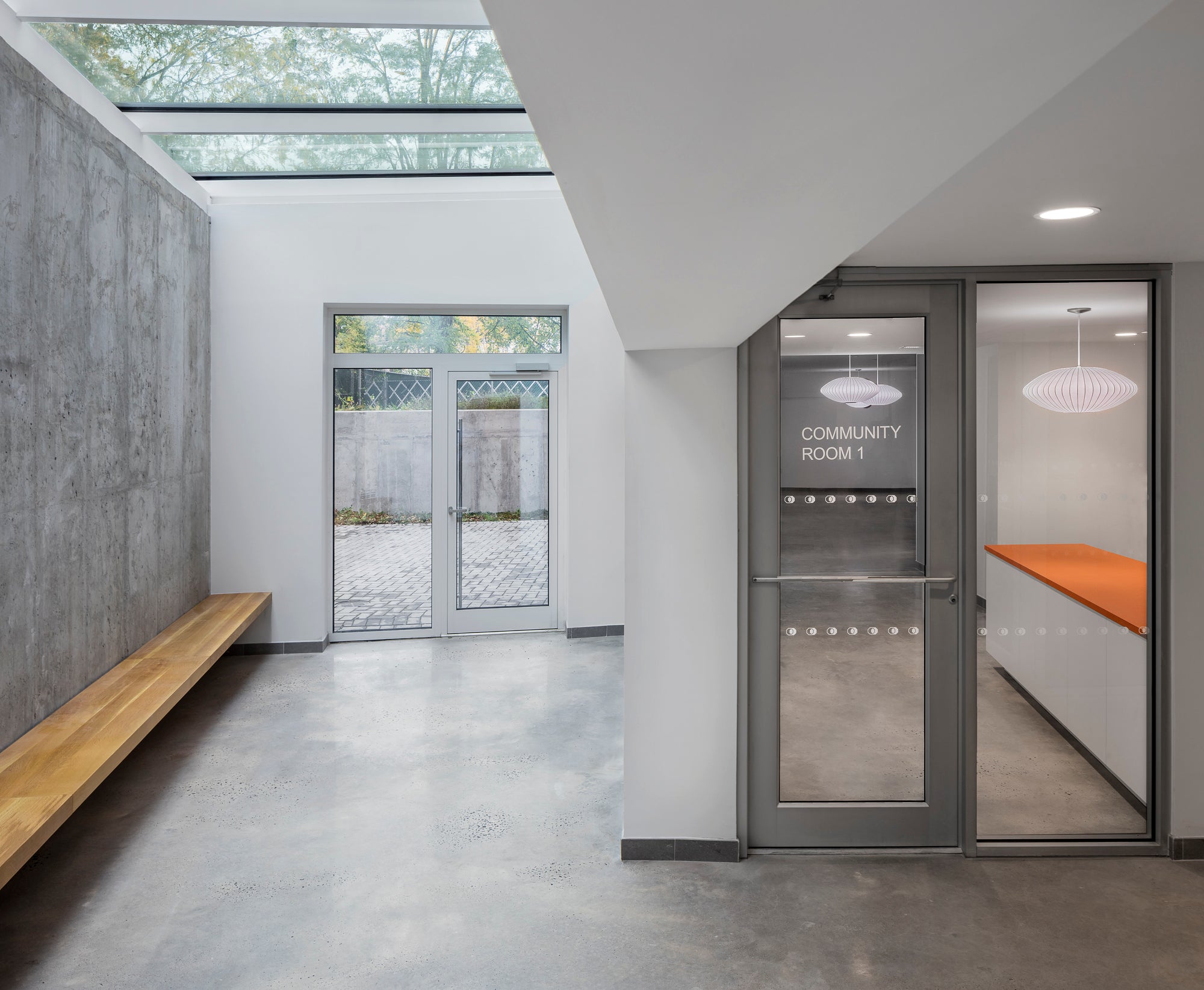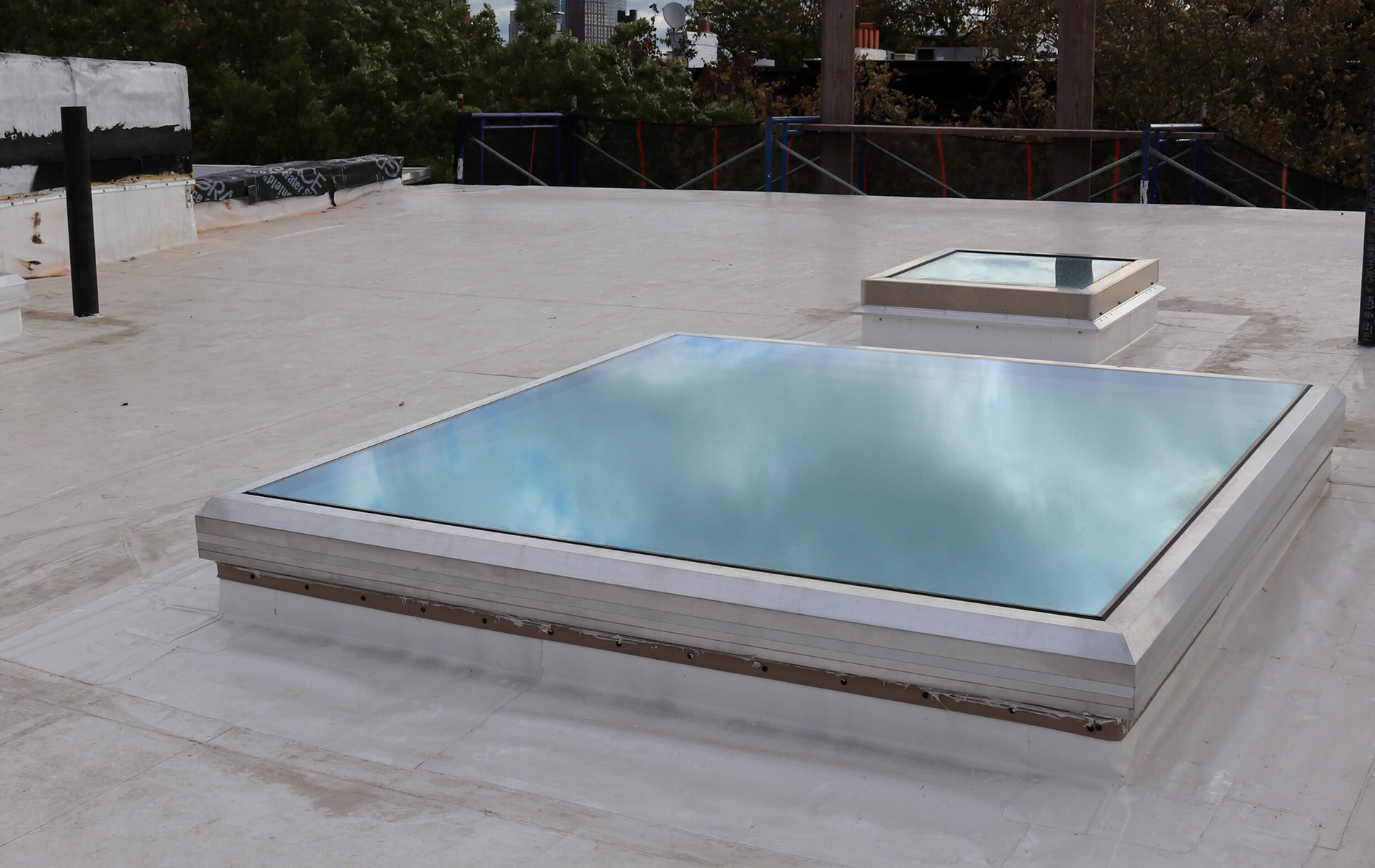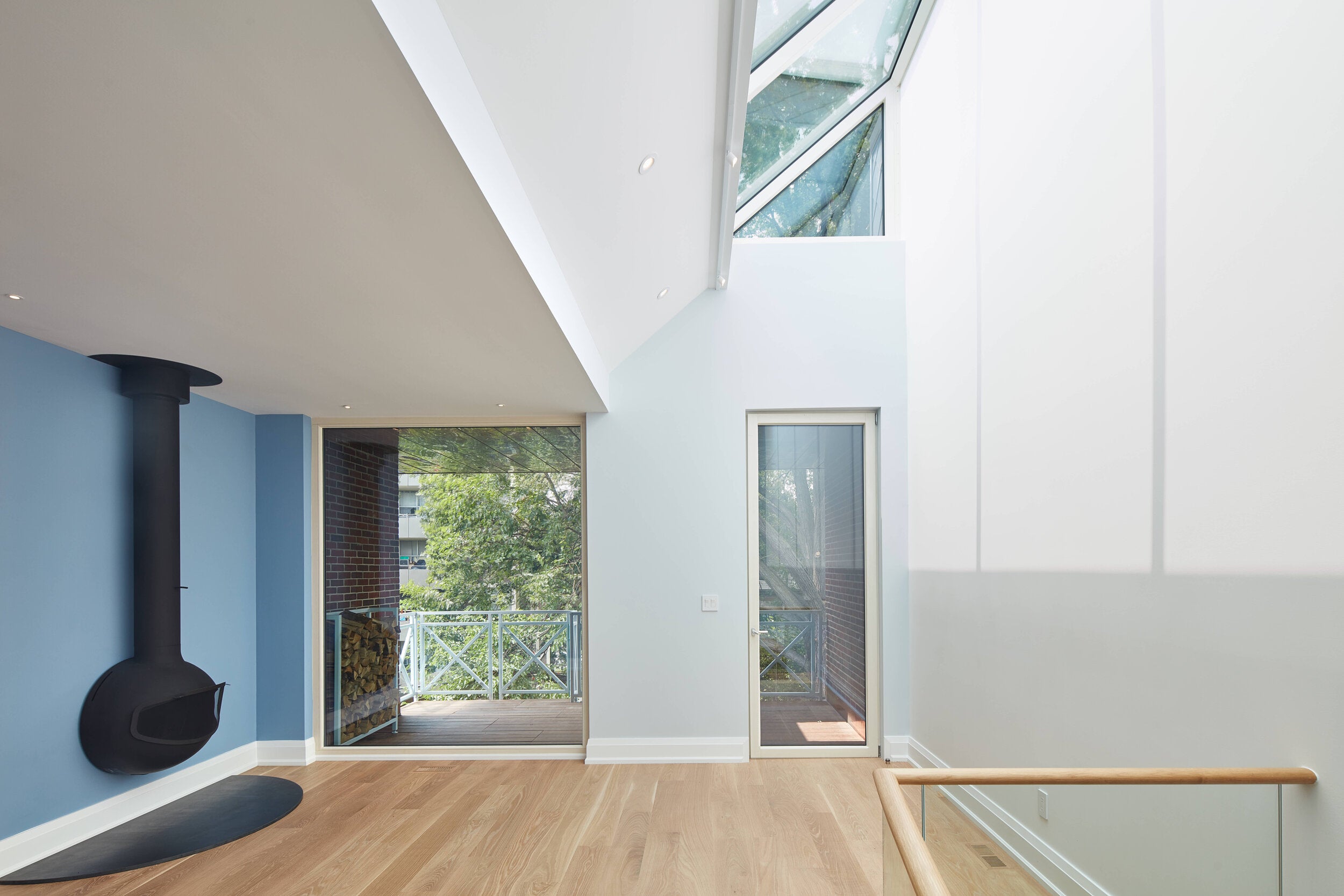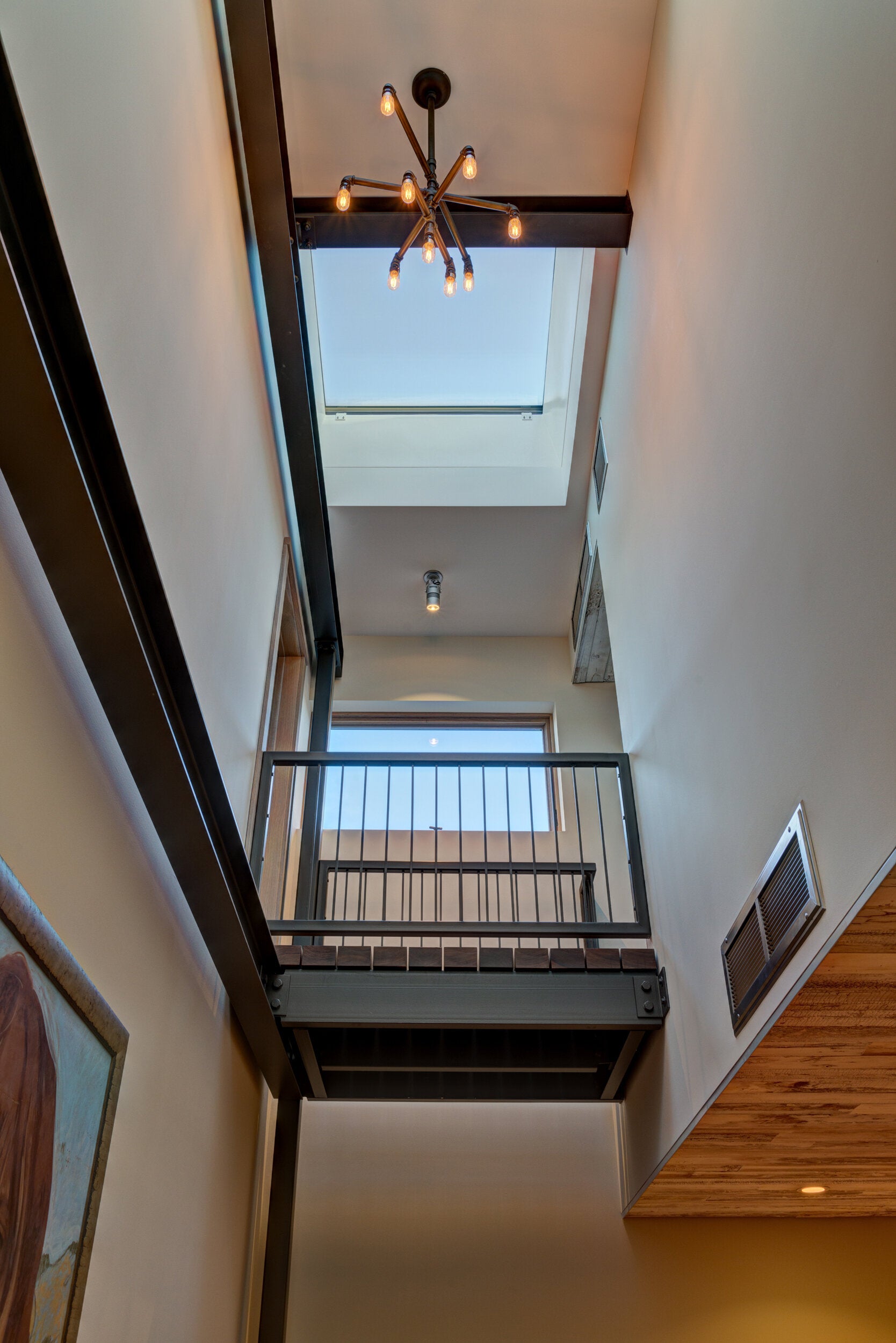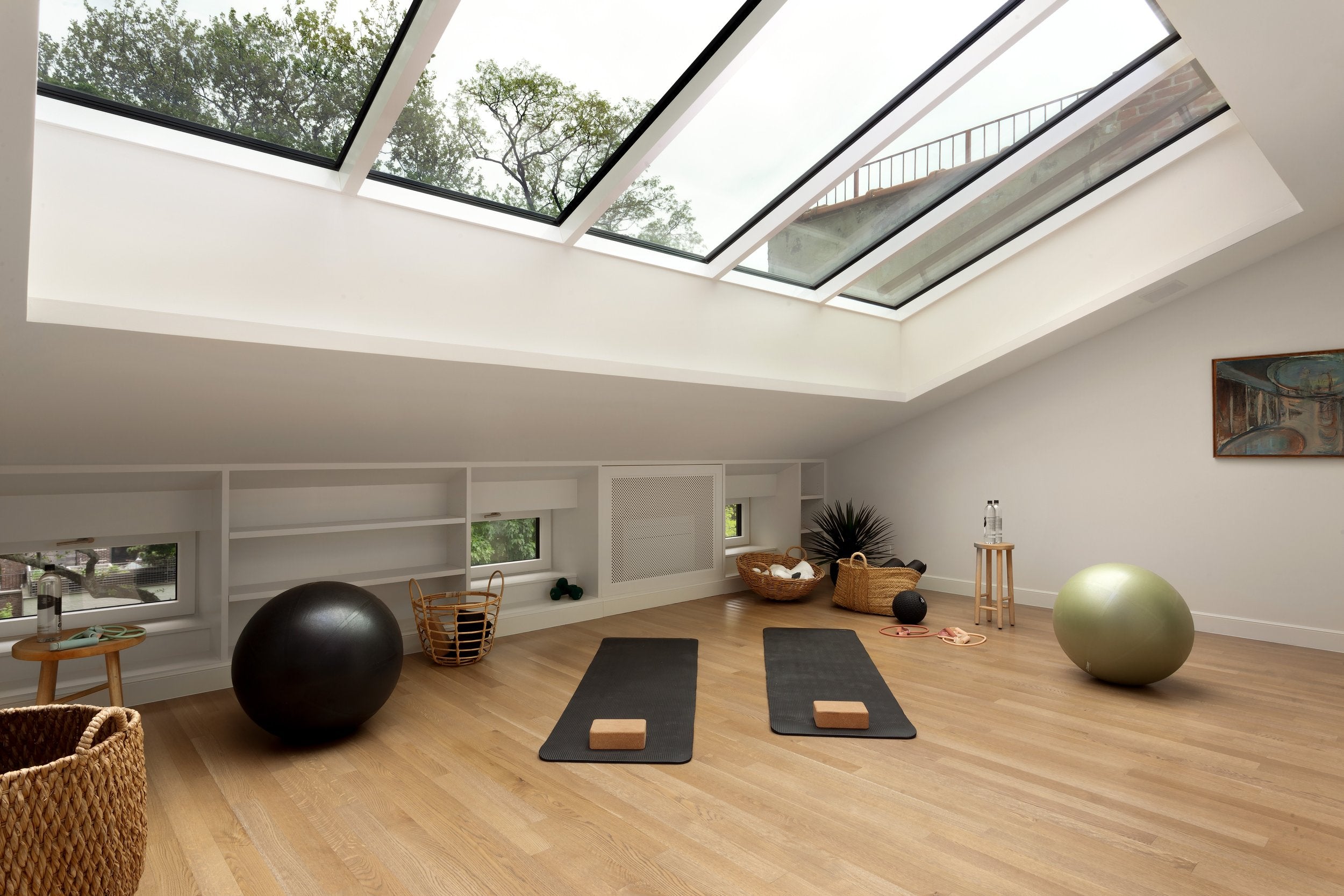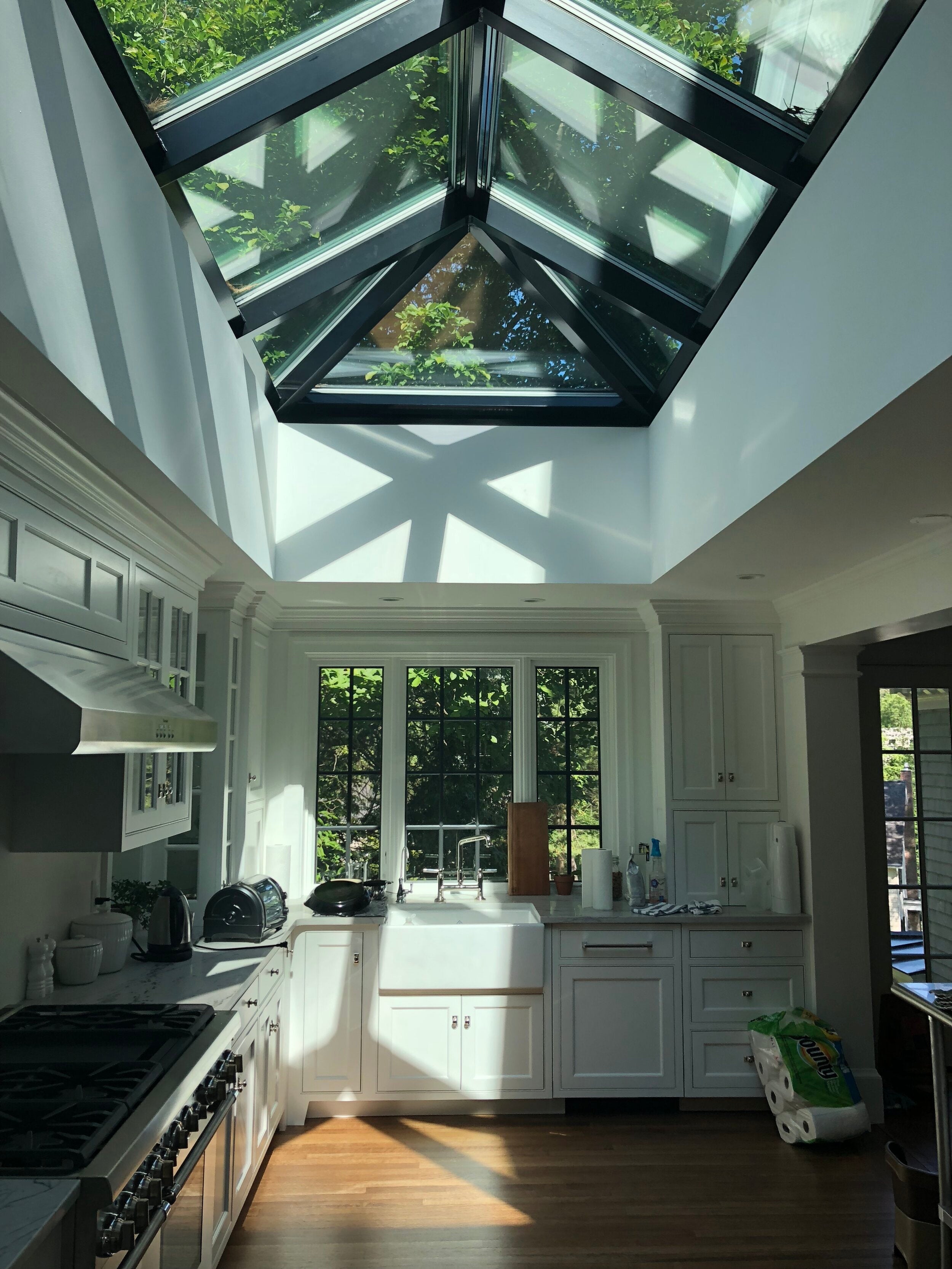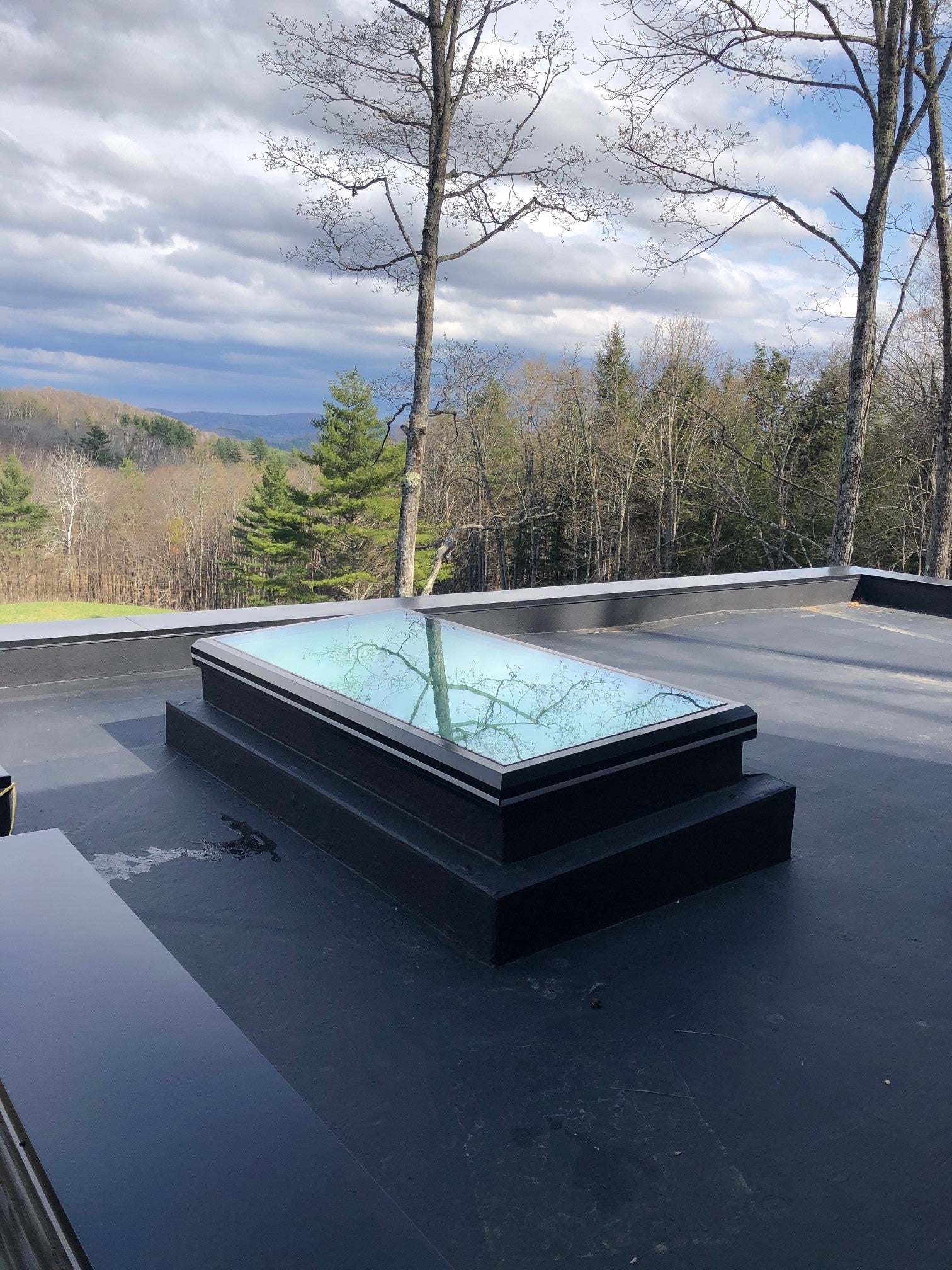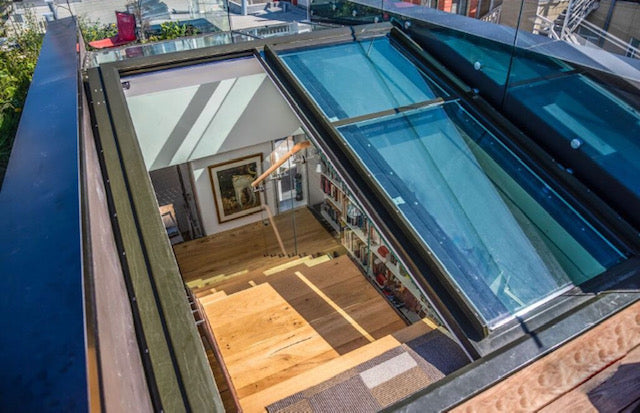Performance
For the first time this level of European performance is available to the North American market. Constructing buildings in compliance with the international Passive House Standard offers the best approach to creating the required carbon-neutral building stock over the new few decades.
A Passive house requires highly energy-efficient components to maintain its high standards. As an independent testing centre, the Passive House Institute (PHI) in Darmstadt, Germany, carries out tests using standardized criteria to give architects and planners a clear idea of energy efficiency in construction components. LAMILUX glass roof and façade elements are the first available in North America to receive PHI certification grad A - Advance Component status.
LAMILUX has spent 50 years as a family business providing the best available products to the German market. Since the German government committed to transition towards renewable energy greater focus has been placed on energy efficiency, the energy-efficiency qualities of structural components have become an all-important factor in contemporary construction and Passive House design.
What is Passive House?
While the term Passive House generally describes three things: a building standard; a methodology for reaching that standard; and a building that meets the standard - the meaning of Passive House, is derived from human comfort.
Human comfort is the heart of Passive House. It’s so simple it’s practically a revelation. By focusing building science intensively on providing comfort, perhaps surprisingly, the side effects are unparallelled energy efficiency, durability and resiliency. Passive House reveals that comfort is not a luxury, but is inextricably tied to providing fundamental building performance.
So, Passive House delivers comfort not in spite of energy efficiency, but in support of energy efficiency. Like our computers or phones, that provide much more computing power while using a faction of the energy they did a few years ago, our buildings can decouple energy and performance. Through Passive House implementation we can raise the standard of living around the world while drastically reducing carbon emissions - delivering the post-carbon, all-renewable world that the climate crisis demands.
The Qualities to expect from Passive House Buildings:
- Comfortable: A quiet interior environment with steady temperatures and no drafts.
- Very Energy Efficient: Providing dramatic energy reduction, up to 90% for heating and cooling demand from average existing building stock – in an effort to offer a proportional response to the climate crises. (Note: despite widespread misleading descriptions to the contrary, most cold climate Passive House are still required to have a heating system, it is just a very small heating system, and therefore likely not a traditional heating system. Nor is a Passive House necessarily a zero-energy building – it uses power, if much less typical – but it can more economically and readily become “zero-energy” with a relatively modest addition of renewables.)
- Healthy: Fresh, high-quality indoor air, free of mold and dangerous levels of typical indoor air contaminants.
- Affordable: Added construction costs for high performance are substantially offset by a reduction in systems sizing. Because the reduced energy use translates into lower bills and protection from future energy shocks, occupancy is affordable.
- Predictable: An integrated methodology and energy model provides predictability – an essential element in optimizing system sizing and costing.
- Resilient: Passive House buildings help provide resiliency in three ways:
- By indefinitely maintaining habitable interior temperatures in freezing weather without power – allowing people to shelter-in-place.
- By reducing power demand, which allows power distribution systems to be better managed.
- By reducing power demand to make Net Zero Energy building readily achievable with rooftop photovoltaic solar panels and/or other renewables.

